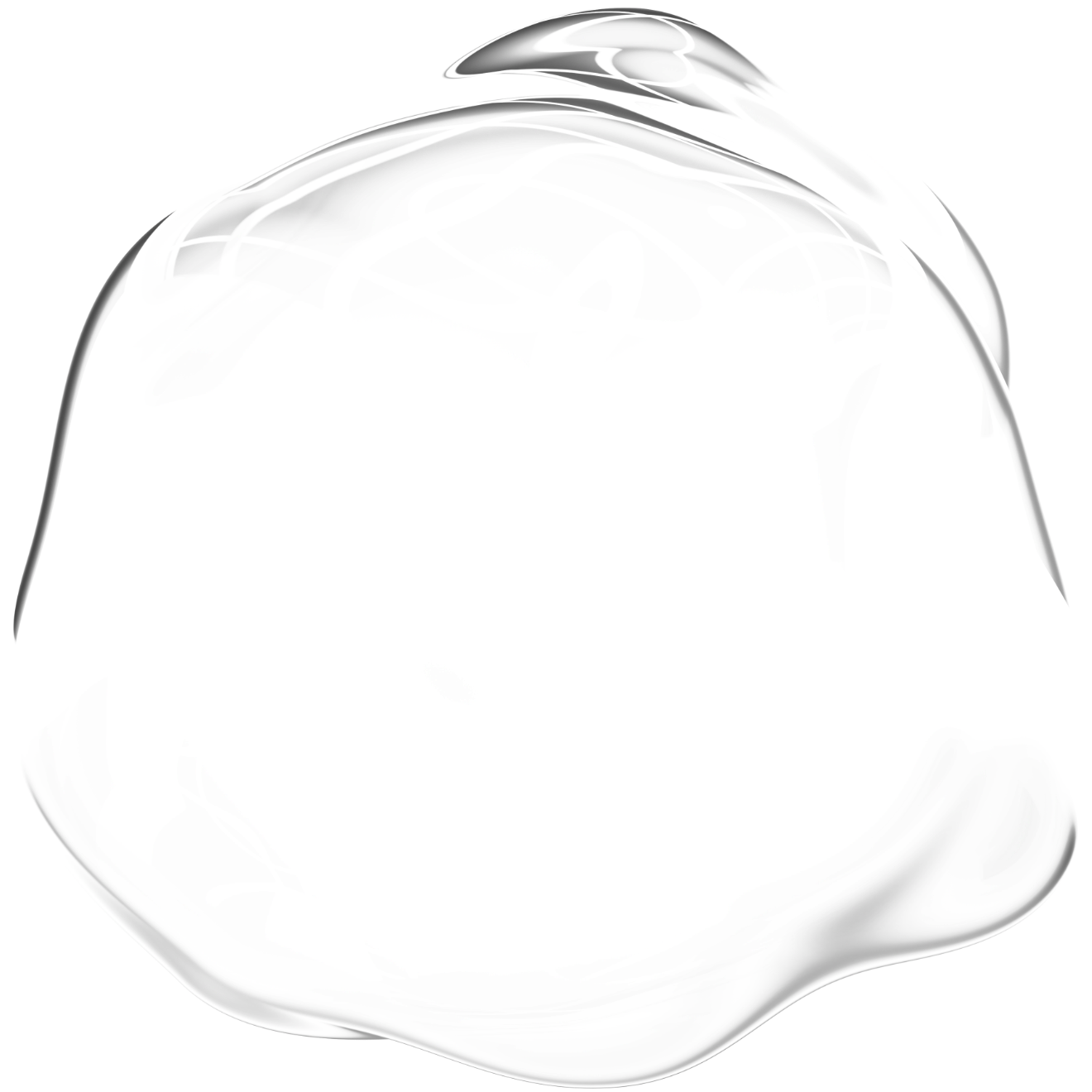Anthony McCourt explains why everything you’ve been led to believe about bubbles is false. Try this: put on some rubber gloves, fill a bowl with warm water and dissolve a dishwasher tablet in it. You will notice a distinct lack of bubbles. Dishwasher tablets get cutlery, crockery, pots and pans spotless – all without the aid of bubbles. In fact, bubbly detergents would make dishwashers and washing machines less effective, by reducing the very mechanical agitation that gets things clean. At this point you might well be asking why, if bubbles are surplus to cleaning requirements, washing-up liquid produces a sink full of them. It’s all down to our expectations of the products that get us – and our belongings – clean, and advertising plays an important role in those expectations.
Why are bubbles there?
Writing in the Handbook of Detergents part A, Germaine Zocchi, Colgate-Palmolive Research and Development Inc., states that foam has ‘a clearly aesthetic utility in many detergents and personal care products’ – and acknowledges that it ‘may not add much to the overall effectiveness of the product’. Germaine goes on to state that consumers interpret the production foam – from the speed to the volume – as an important sign that a product is working; when bubbles disappear, that’s a psychological trigger that a product’s cleaning potential has been exhausted.
A whole enterprise has been constructed to ensure bubbles form, pop, flocculate and coalesce with precision; the goal is to create cleaning products with ‘foam profiles’ that meet our expectations of how the products should behave when we use them. We want a copious, dense and luxurious foam from our shampoo and a ‘flash foam’ from soap and body wash. Conversely a foamy surface cleaner would be a nuisance, a frothy mouth wash would be a disaster and bubbly residues are a no-go on dish plates.
Getting the foam profile right creates an important – yet baseless – impression of cleaning efficacy, product quality and reassurance that the product is working. You might conclude the bubble industry is literally pouring money down the drain, which in itself isn’t a bad thing. But as well as being pointless, bubbles have a dark side that should make us think twice about using the products that create them.
The role of surfactants
You might have noticed two different surfactants – anionic and non-ionic – mentioned on the side of your detergent bottle, usually in the ingredients section. Many of us know that a lower level of surfactant is preferable, but we don’t hear much talk about why.
The non-ionic surfactant is a specialist at removing fat, oil and grease. Essentially it breaks down the interface between the soiling and the water, helping the dirt to be dissolved and removed. This surfactant is usually ‘low foaming’ or ‘non foaming’ and is less soluble than its anionic cousin in warm water. In fact, non-ionic surfactants perform better in cold water, but that’s not how we’ve been trained to wash dishes.
The anionic surfactant’s job is to stick to dirt particles, lift them from a dirty surface and then hold them in suspension in the water. It’s this surfactant that creates the bubbles. Most detergent manufacturers use both types of surfactants in their products, but invariably a larger ratio of the anionic because of the perceived (but unproven) link between bubble quantity and cleaning prowess.
What are surfactants?
The mildest anionic surfactants, such as potassium cocoate, are made from raw fats and oils, but they are less common because they are more expensive to produce. The most widely used anionic surfactants are sodium lauryl sulfate (SLS), sodium laureth sulfate (SLES), ammonium lauryl sulfate (ALS) and ammonium laureth sulfate (ALES).
Most surfactants are removed in the wastewater treatment process, but due to the vast volumes of surfactant used – in countless cleaning products all round the world – some unavoidably end up in the wider environment.Aquatic ecosystems receive an almost continuous stream of surfactants from wastewater discharges and contaminated rivers, yet we don’t have any accurate sense of the long-term impact these surfactants are having on our oceans.
Ecotoxicity studies concerning surfactants have focused largely on freshwater species; there aren’t many marine ecotoxicity and biodegradation studies, and marine bioaccumulation studies are practically non-existent. We have no idea whether they are accumulating to significant toxic concentrations to cause unpredictable, potentially irreversible long-term effects. According to the critical review ‘Comprehensive review of several surfactants in marine environments: Fate and ecotoxicity’: ‘It is clear that there is a real limitation in the required fate and toxicity data for these surfactants, which results in uncertainties in their risk assessment in the marine environment.’
What we do know is that SLS and SLES can irritate eyes, skin, and lungs, especially with long-term use. SLS on its own is considered toxic to aquatic life, and SLES could also be contaminated with ethylene oxide and 1,4-dioxane. The International Agency for Research on Cancer states ethylene oxide is a known human carcinogen and 1,4-dioxane is a possible human carcinogen. 1,4-dioxane is also persistent, meaning it doesn’t easily degrade and can remain in the environment long after it is rinsed down the drain.
A cleaner antidote
The real cost of bubbles might remain unknown for years to come, but there are some good reasons to question whether they should be so fundamental to cleaning products and processes.
Beyond the surfactants themselves, detergent manufacturers add ‘foam stabilisers’ and ‘foam boosters’ to sustain the ‘foam mileage’ of their products. This adds two more problems for the environment: more unnecessary chemicals in the toxic soup that ends up being washed down the drain, and more water used to rinse off bubbles that we didn’t need in the first place. I did a quick experiment and calculated I used an extra 1.5 litres of water to rinse away good-for-nothing bubbles in my washing-up bowl.
At MACK we developed Dish Jockey as an antidote to the mind-boggling approach of the mainstream cleaning product market. As well as being better for the environment, going heavier on the non-ionic surfactants means the washing-up liquid will be easier to mix at home. Like all MACK cleaning products, it will be sold as a concentrate to keep its transport weight, packaging volume and carbon footprint down.
Don’t be alarmed when you don’t get a sink full of bubbles – you’re getting the job done like a pro while also doing your bit for the planet.




